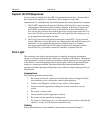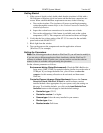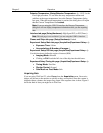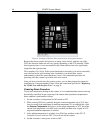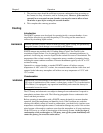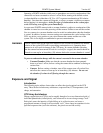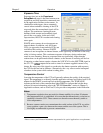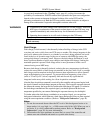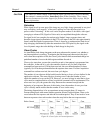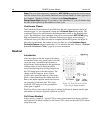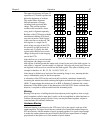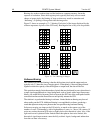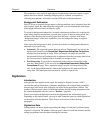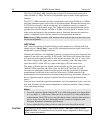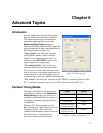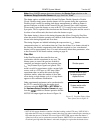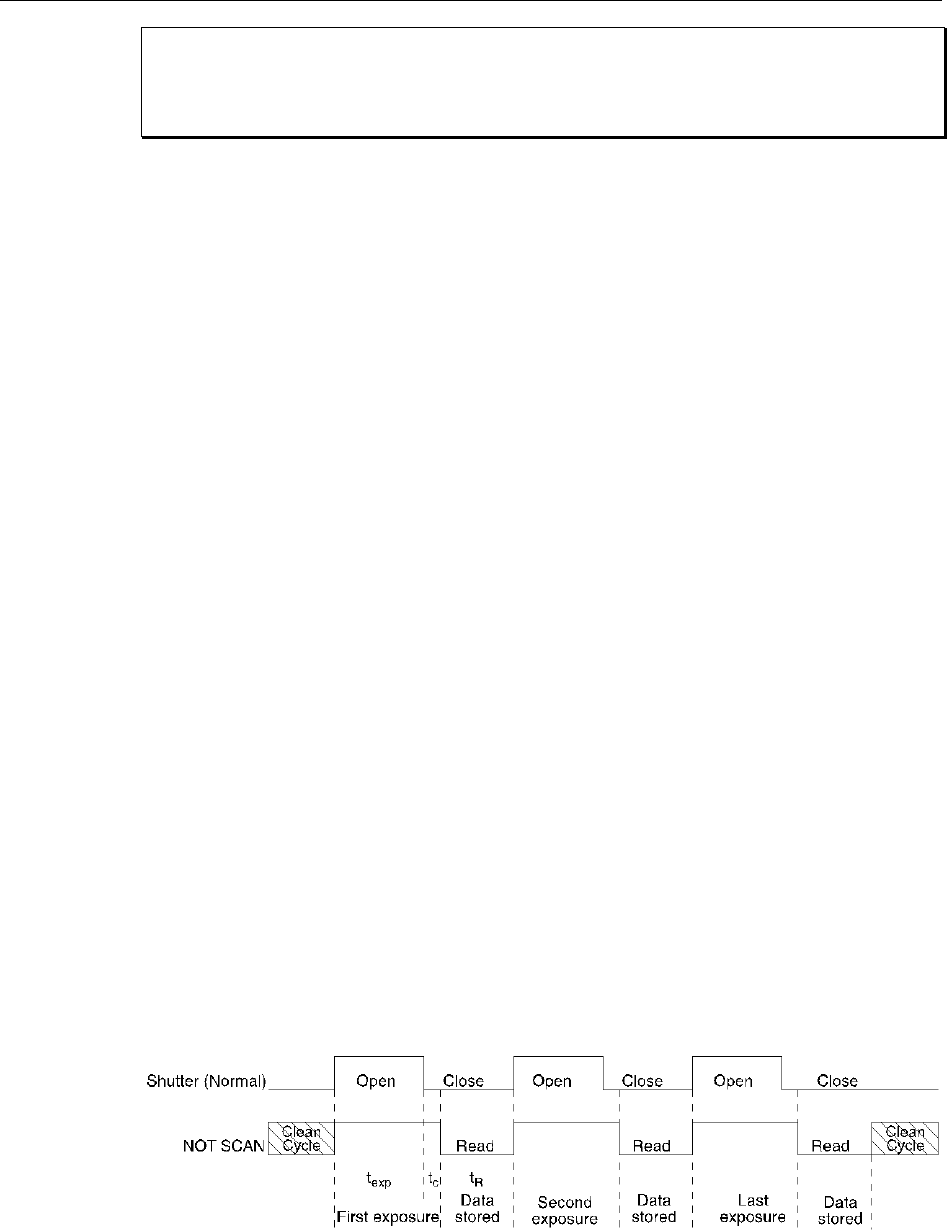
Chapter 5 Operation 45
If you observe a sudden change in the baseline signal you may have excessive humidity
in the camera's vacuum enclosure. Immediately turn off the controller. Then, contact
Princeton Instruments Customer Support for further instructions. Refer to page 106 for
contact information.
Saturation
When signal levels in some part of the image are very high, charge generated in one pixel
may exceed the “well capacity” of the pixel, spilling over into adjacent pixels in a
process called “blooming.” In this case a more frequent readout is advisable, with signal
averaging to enhance S/N (Signal-to-Noise ratio) accomplished through the software.
For signal levels low enough to be readout-noise limited, longer exposure times, and
therefore longer signal accumulation in the CCD, will improve the S/N ratio approximately
linearly with the length of exposure time. There is, however, a maximum time limit for on-
chip averaging, determined by either the saturation of the CCD pixels by the signal or the
loss of dynamic range due to the buildup of dark charge in the pixels.
Clean Cycles
As stated before, dark charge integrates on the array whenever the camera is on, whether or
not data acquisition is occurring. To minimize the dark charge and other noise in the pixel
wells when data acquisition is idle, the Clean Cycles function shifts accumulated charge in a
predefined number of rows to the shift register and then discards it.
Clean cycles start when you turn the controller on and a clean pattern is programmed into
the controller. At the end of a cycle, the controller checks to see if a Start Acquisition
command has been received. If it has been received, the user-defined number of cleans
(typically 0) will be then performed before the exposure time starts. If a Start Acquisition
command has not been received, the next clean cycle begins.
The number of rows that are shifted and discarded during a clean cycle are defined in the
application software. The most effective cleaning occurs when the number of rows
equals the number of rows on the CCD. However, you need to keep in mind that a clean
cycle must be completed before a Start Acquisition command will be implemented. The
more rows in a cycle, the greater the delay between the command receipt and the
beginning of an exposure. Because of this timing issue, the number of rows per clean
cycle is usually much smaller than the number of rows on the array.
The timing diagram below is for an experiment set up to acquire three (3) images in
Freerun timing mode with normal shutter operation selected. In this diagram, clean cycles
occur before the first exposure and after the last readout period. They do not need to occur
between exposures since each readout cleans the array before the next exposure starts.
Figure 10. Clean Cycles in Freerun Operation
CAUTION



